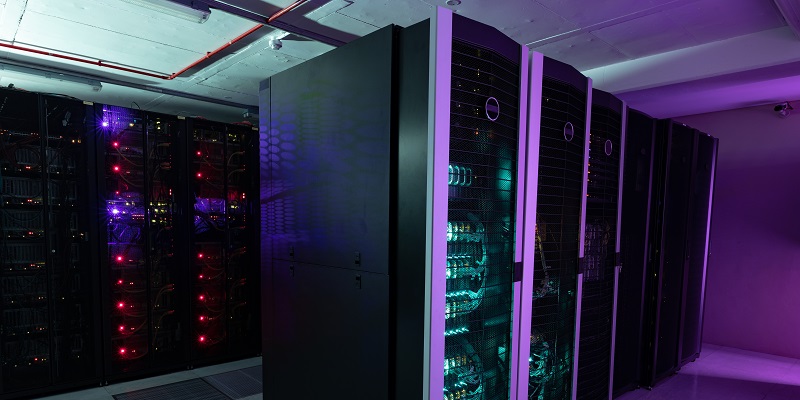Meta, previously known as Facebook, has made significant strides in enhancing its data center infrastructure to meet the increasing demands of artificial intelligence (AI) workloads. After reworking its core data center design, Meta has resumed construction at its data centers in Temple, Texas, and Kuna, Idaho. This article explores the revamped design, the investment and job creation associated with these projects, and the cost-efficiency and time savings of Meta’s new approach.
Redesigned Data Center Design for AI Workloads
Recognizing the evolving requirements of AI workloads, Meta has modified its core data center design. The key focus of the redesign is to support denser GPU deployments, which are integral for accelerating AI computations. The data centers in Temple, Texas, and Kuna, Idaho will be the first facilities to adopt this innovative design. The advancement in design reflects Meta’s commitment to staying at the forefront of AI technology.
Investment and job creation in Temple, Texas
The data center in Temple, Texas represents a substantial investment of over $800 million and will generate approximately 100 operational jobs. Meta’s collaboration with JE Dunn Construction and several local contractors, including Rosendin, Brandt Companies, Peabody General Contractors, Alamo Structural Steel, Perry and Perry Builders, CentiMark Corporation, and BakerTriangle, underscores its commitment to supporting local economies. At the peak of construction, more than 1,200 workers will be engaged in bringing the data center to life.
Investment and Job Creation in Kuna, Idaho
Meta foresees an equal $800 million investment in Kuna, Idaho, creating around 100 operational jobs. Through partnerships with HENSEL PHELPS, Engineered Structures, Inc. (ESI), and other local entities, Meta aims to maximize the positive impact on the local community. It is estimated that approximately 1,000 workers will be employed during the peak of construction, providing a boost to the region’s economy.
Cost-efficiency and time savings
Meta’s revamped data center design is not only focused on enhancing performance but also on cost-efficiency and expedited construction timelines. The new design is projected to be 31 percent cheaper compared to the previous approach. Additionally, the construction time is anticipated to be halved, reducing delays and enabling faster deployment of the data centers. Meta’s confidence in the success of this new design stems from the positive response it has received from the market.
Insights from Alan Duong, Meta’s Global Director of Data Center Engineering
Alan Duong, Meta’s Global Director of Data Center Engineering, expressed his enthusiasm regarding the revamped design. “We’ve now gone to market with our design, and the sort of response we’ve received has given us confidence that our projections are coming to fruition,” Duong stated. His insights shed light on the meticulous planning and careful consideration that have gone into Meta’s data center strategy.
Readers eager to delve deeper into Meta’s new data center design can find a comprehensive profile in the upcoming issue of DCD Magazine. This profile features Meta’s cutting-edge advancements in data center infrastructure and promises to offer valuable insights into the company’s commitment to leveraging AI workloads effectively. To access the profile and stay updated with the latest industry trends, readers are encouraged to subscribe to DCD Magazine for free.
In summary, Meta’s decision to revamp its data center design reflects its dedication to optimizing AI workloads. With construction reinitiating in Temple, Texas, and Kuna, Idaho, Meta aims to create state-of-the-art facilities that will support the growing demands of emerging technologies. The company’s vision for cost-efficiency, reduced construction timelines, and job creation underscores its commitment to innovation and the communities it operates within.

